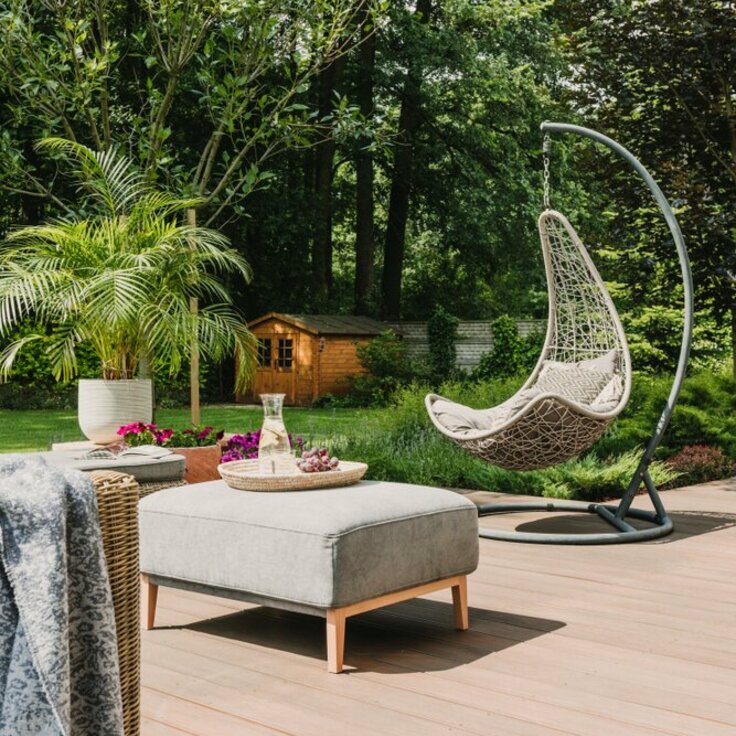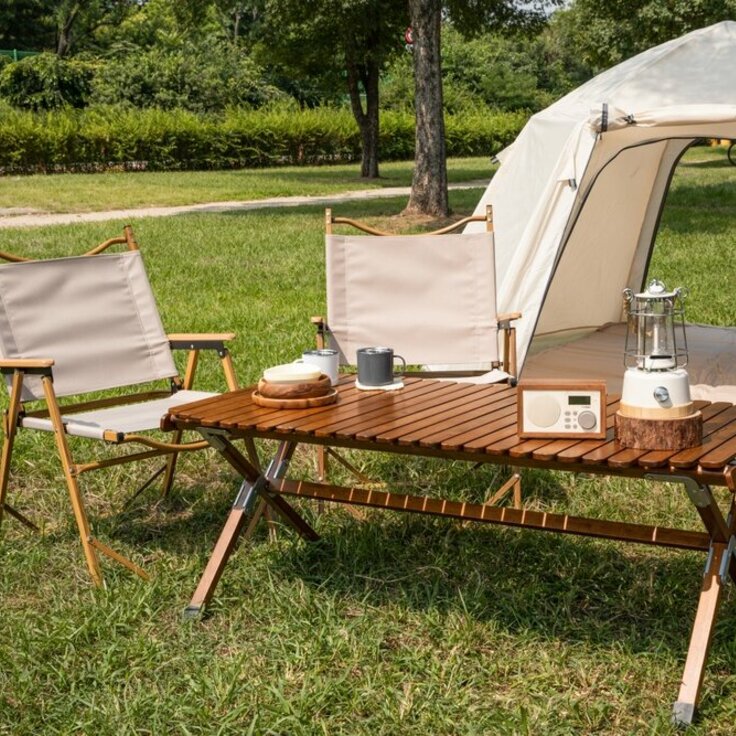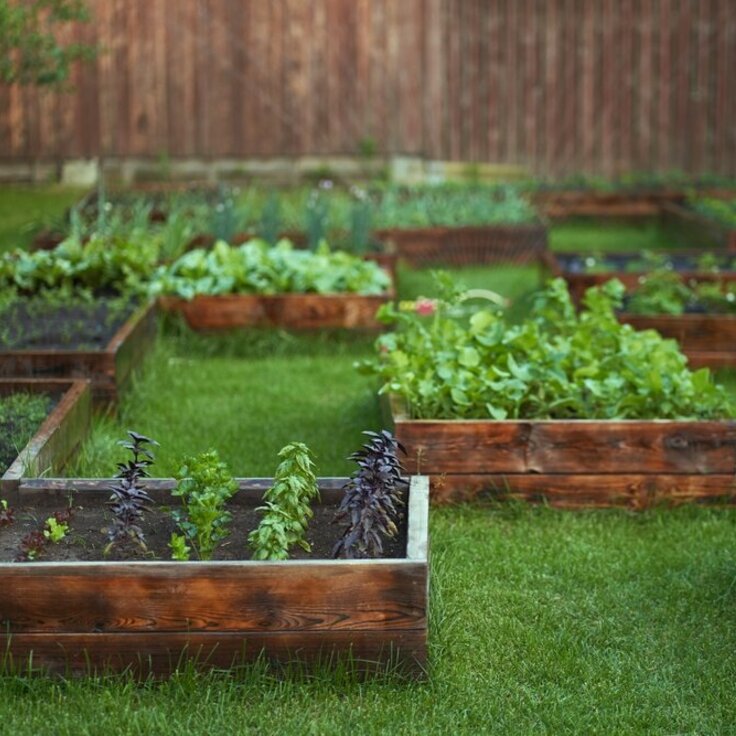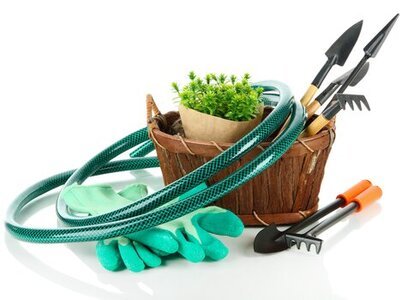Building Your Perfect Garden Room: Tips, Steps, and Ideas
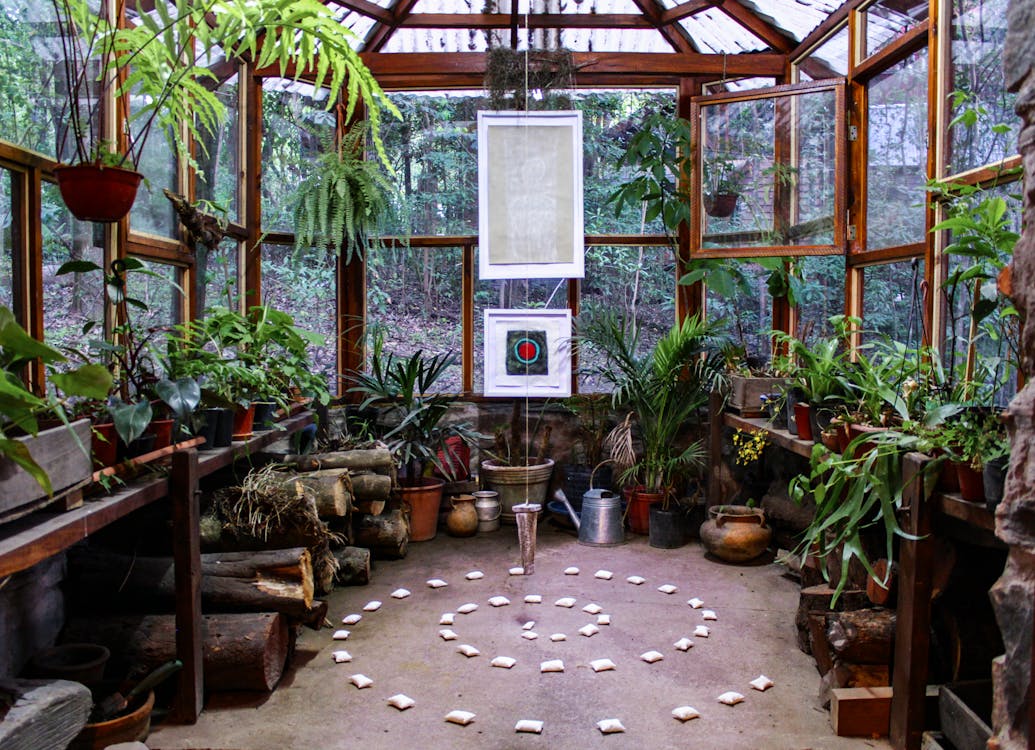 A garden room can be a welcome addition to any home, offering an ideal space for relaxation, work, or hobbies. With a variety of styles, sizes, and materials available, garden rooms can cater to your individual preferences and needs. In this article, we will discuss tips for choosing the perfect garden room, the steps involved in building it, and various ideas for organizing your new space.
A garden room can be a welcome addition to any home, offering an ideal space for relaxation, work, or hobbies. With a variety of styles, sizes, and materials available, garden rooms can cater to your individual preferences and needs. In this article, we will discuss tips for choosing the perfect garden room, the steps involved in building it, and various ideas for organizing your new space.
Tips for Choosing Your Garden Room
When choosing your garden room, there are a few things to keep in mind. First, think about how you'll use the space and what features you'll need. Some popular uses include a home office, gym, art studio, or simply a space to unwind.
Second, consider the size and location of your garden room. You'll need to take accurate measurements and factor in things like sunlight exposure, views, and accessibility to water and electricity.
Third, choose the right materials. Wooden garden rooms are a popular choice for their natural aesthetic and versatility, while metal and glass options can offer a modern, minimalist look. Make sure to consider factors like maintenance, durability, and insulation when selecting your materials.
Steps to Build Your Garden Room
Once you've chosen your garden room, it's time to start building. The first step is to create a design plan that takes into account the size, location, materials, and utilities you'll need. If you're looking for inspiration, the collection of garden rooms on Quick-Garden.co.uk has a wide range of options.
After that, you may want to consult with a professional architect or designer to ensure your plan meets any relevant building regulations. Depending on where you live and the size of your garden room, you may also need to obtain planning permission or a building permit. Check with your local council or planning department to find out.
Next, you'll need to prepare the site where your garden room will be built. Clear the area of any debris, plants, or obstacles and make sure the ground is level and stable. Then, you can begin constructing your garden room according to your design plan. This may involve building a timber frame, installing insulation, and fitting doors and windows. If you're not confident in your DIY abilities, consider hiring a professional builder or carpenter to help you.
Ideas for Organizing Your Garden Room
Once your garden room is built, it's time to start organizing the space. If you're looking for inspiration or guidance on organizing your garden room, you can browse gardening websites like Garden Center Guide for tips.
Creating different zones for various activities can help you maximize your space and make it more functional. You can use furniture and décor to define each zone and make the space feel cohesive. Maximizing natural light is also important, so make sure to position your garden room to receive plenty of sunlight and consider installing large windows or skylights. Finally, incorporating storage solutions can help keep your garden room organized and clutter-free.
Making Your Garden Room Eco-Friendly
To make your garden room more eco-friendly, there are a few things you can do. Proper insulation is crucial for maintaining a comfortable temperature and minimizing energy consumption. Consider choosing high-quality insulation materials and ensure they are installed correctly to avoid drafts and heat loss. Installing double or triple-glazed windows can also help reduce heat transfer and lower your energy bills. If possible, you may also want to consider installing solar panels on the roof or in the surrounding area to generate clean, renewable energy. Finally, using sustainable building materials and water conservation practices can help reduce the environmental impact of your garden room.
A garden room can be a valuable addition to your home, offering a versatile and enjoyable space for various activities. By following the tips and steps outlined in this article and incorporating sustainable practices, you can create a garden room that is both functional and eco-friendly. So why not start planning your garden room project today?

